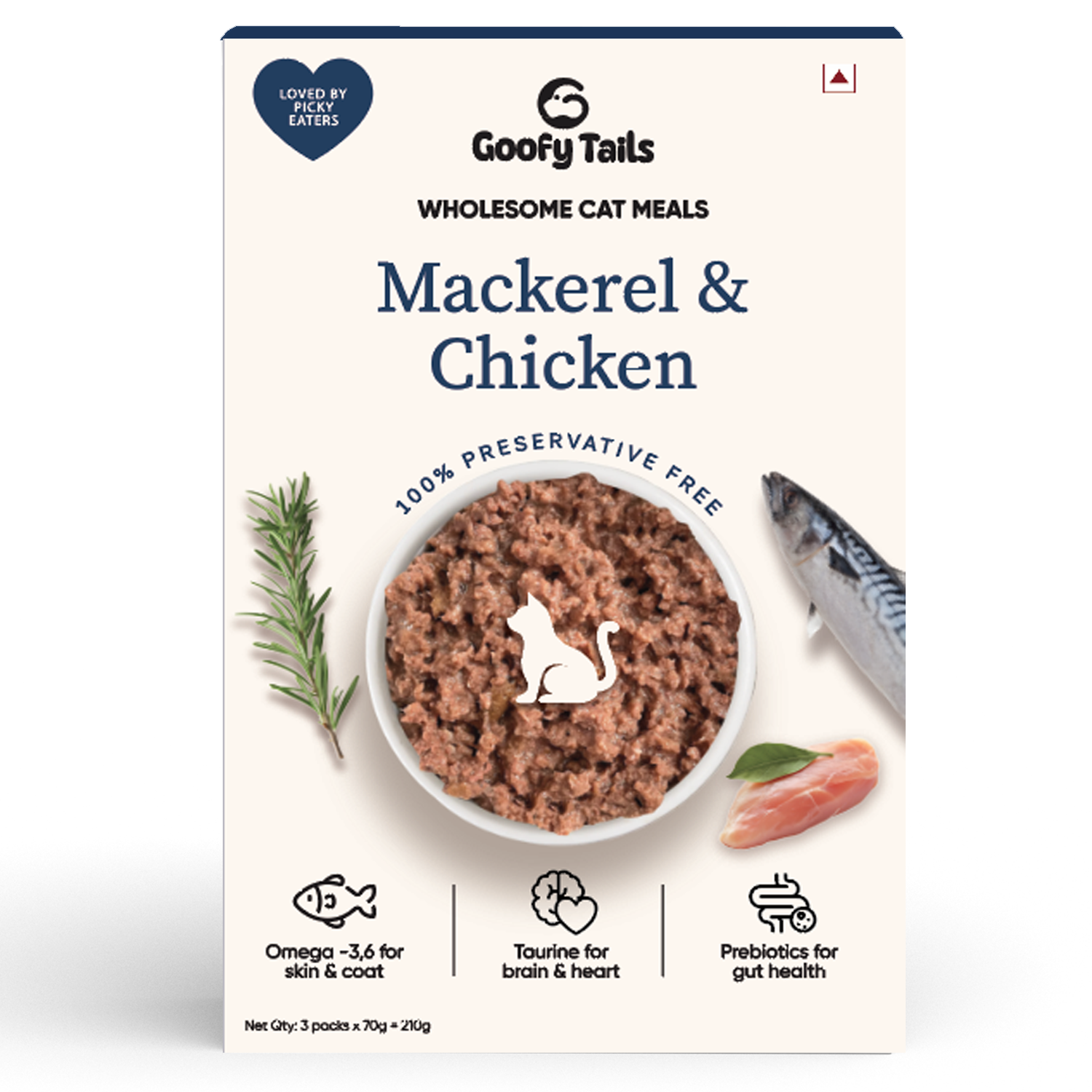Homemade Grain-Free Dog Food: What to Feed & Safety Tips

Why Go Homemade & Grain-Free?
Homemade grain-free dog food is gaining popularity among pet parents who seek greater control over ingredients, improved digestibility, and fewer fillers or allergens. When thoughtfully balanced, grain-free homemade meals can support:
-
Better energy and coat health
-
Fewer digestive disturbances
-
Reduced allergic triggers
-
Improved ingredient transparency
But going homemade isn’t as simple as boiling meat and veggies. It requires a proper balance of protein, fat, fiber, and essential nutrients to meet your dog’s needs—especially without the carbohydrate bulk that grains usually provide.
IMPORTANT NOTE: Always consult your vet or a pet nutritionist before making any dietary switch. Nutrient deficiencies in homemade diets can be harmful over time.
What are the benefits of Grain-Free Food for Dogs?
As discussed in our article “The Science Behind Grain-Free Dog Food: What Every Pet Parent Should Know”, grain-free meals have several scientific benefits for your dog which include:-
-
Reduced allergens: Though grain allergies are rare, some dogs with sensitive skin or digestion may benefit from eliminating common grains like wheat, corn, or soy.
-
Improved digestibility: Grain-free diets typically emphasize whole meats, fats, and low-glycemic veggies, which may be easier on your dog’s gut.
-
Lower glycemic load: Without high-carb grains, energy release is slower and steadier—especially beneficial for dogs prone to obesity or insulin resistance.
-
Cleaner ingredient lists: Whether homemade or commercial, grain-free meals tend to avoid fillers and unnecessary binders.

What is needed for a good Homemade Grain-Free Meal at Home?
A good grain-free recipe includes:
-
High-Quality Protein (35–45% of meal)
Protein is essential for muscle development, immune function, and repair.
Suggested options:
-
Chicken thigh (boneless, skinless) - lean, digestible, amino acid-rich
-
Lamb or mutton - rich in B vitamins and iron
-
Buffalo meat (lean cuts) - hypoallergenic red meat
-
Eggs - complete protein with biotin and selenium
-
Fish (like mackerel or sardines) - omega‑3-rich for skin, coat, and heart
-
Organ meats (liver, kidney, heart) - nutrient-dense; feed in moderation (no more than 5–10% of the meal)
Protein should be lightly cooked or boiled for safety and digestibility. Never serve raw meat unless under professional guidance.
-
Vegetables for Fiber, Micronutrients & Satiety (30–40%)
Choose non-starchy, digestible vegetables that are rich in vitamins, minerals, and antioxidants. Avoid high-starch items like sweet potato in this plan.
Recommended vegetables:
-
Pumpkin – gut-soothing fiber and beta-carotene
-
Carrots – vision-supportive vitamin A
-
Green beans – low-calorie fiber source
-
Zucchini – gentle on digestion
-
Bottle gourd (lauki) – hydrating and gut-friendly
-
Cabbage (cooked) – anti-inflammatory and detoxifying
-
Spinach (in moderation) – iron, magnesium, but limit due to oxalates
-
Beetroot (boiled) – rich in folate and fiber
-
Cauliflower or broccoli (steamed) – cruciferous veg for detox and fiber
Cook all vegetables to improve digestibility and reduce gas production.
-
Healthy Fats (10–15%)
Dogs need fat for brain function, skin and coat health, and energy—especially on grain-free diets.
Options:
-
Cold-pressed mustard or sesame oil – rich in monounsaturated fats
-
Coconut oil – supports gut health, antimicrobial properties (use sparingly)
-
Fish oil or cod liver oil – excellent omega‑3 source; also provides vitamin D
Measure carefully—fats are calorie-dense.
-
Calcium & Mineral Support
Without bones or fortified kibble, your homemade meals will lack calcium. Add:
-
Crushed eggshell powder (1 tsp per 500g meat)
-
Vet-approved mineral mix or supplement
Also ensure zinc, copper, magnesium, and iodine are available via mineral supplementation if not part of the base recipe.
-
Optional Add-Ons
-
Pumpkin seeds (ground) – rich in zinc and fiber
-
Moringa leaves (cooked) – high in iron and vitamin C
-
Curd or fermented veg – probiotic support for gut health
-
Bone broth (unsalted) – added hydration, collagen, and amino acids
Important Safety Tips
-
No onions, garlic, leeks, chives, or avocados – all toxic to dogs
-
No whole bones unless cooked separately into broth – risk of choking or splintering
-
Limit cruciferous veg if dog is gassy or has thyroid issues
-
Never season food with salt or spices
-
Avoid raw feeding unless guided by a professional
Does Goofy Tails have Grain-Free Meals for Dogs?
Absolutely! At Goofy Tails, we offer a thoughtfully curated range of grain-free meals for dogs, crafted with real meats, veggies, and no fillers or artificial additives. We understand that pet parents are busy and want the best for their dogs without the hassle of meal prep. That’s why our grain-free meals are ready to serve and balanced for daily nutrition.
Final Words
Homemade grain-free meals allow for cleaner ingredients, protein variety, and better food control. But they must be balanced—simply omitting grains doesn't make a meal nutritious. Always work with a vet or pet nutritionist to tailor recipes for your dog’s weight, age, breed, and health conditions.
With the right guidance, grain-free homemade food can be a powerful way to nourish your pet naturally, safely, and deliciously.








Leave a comment